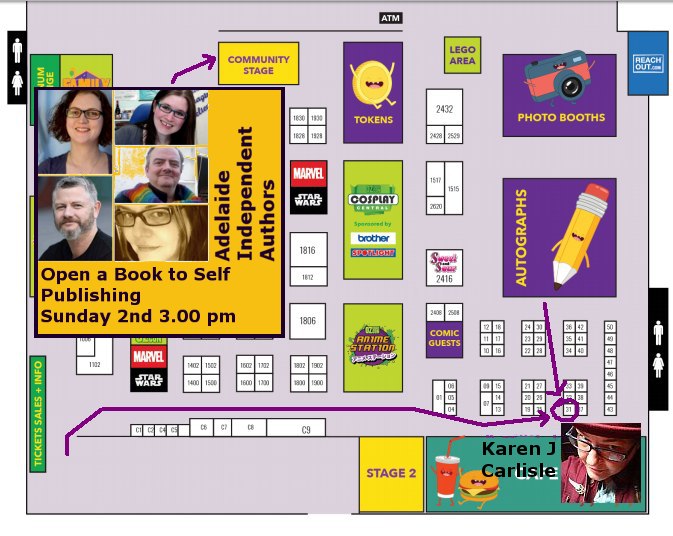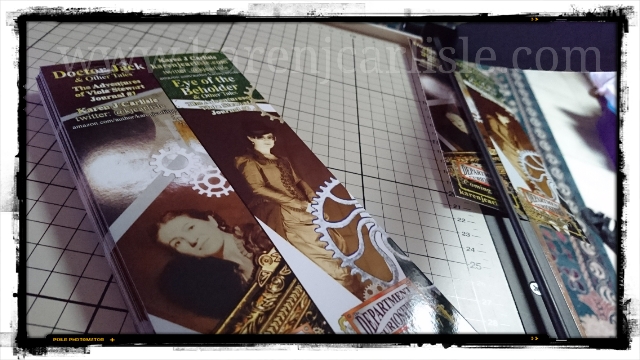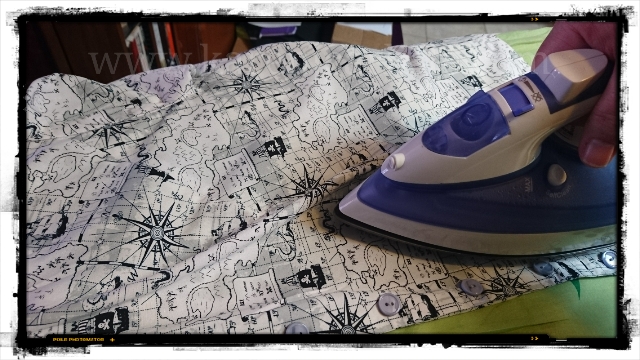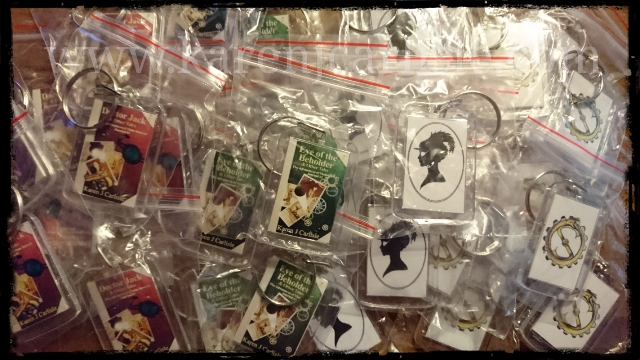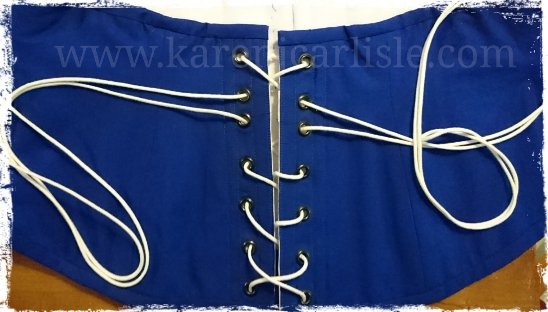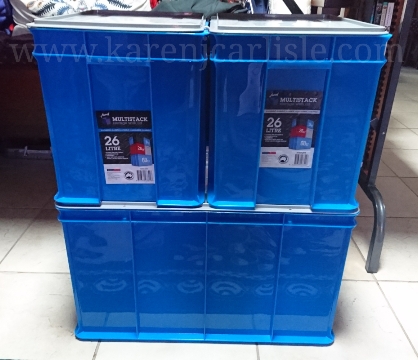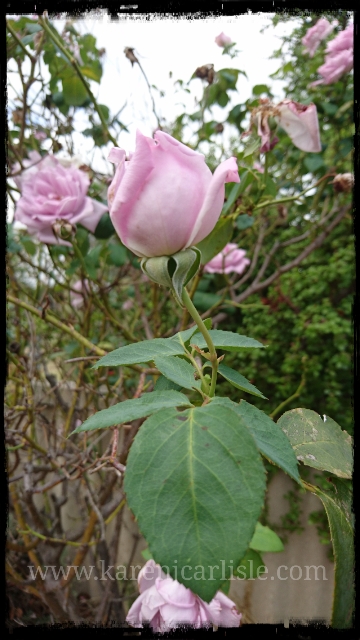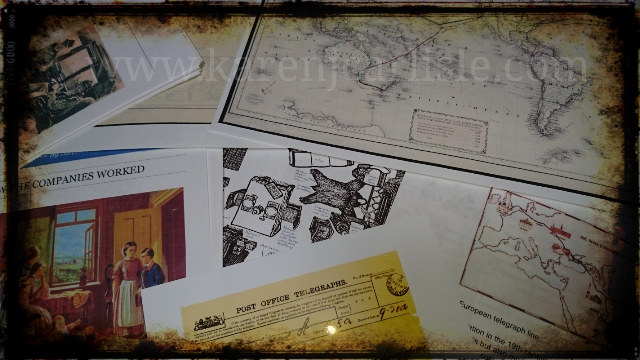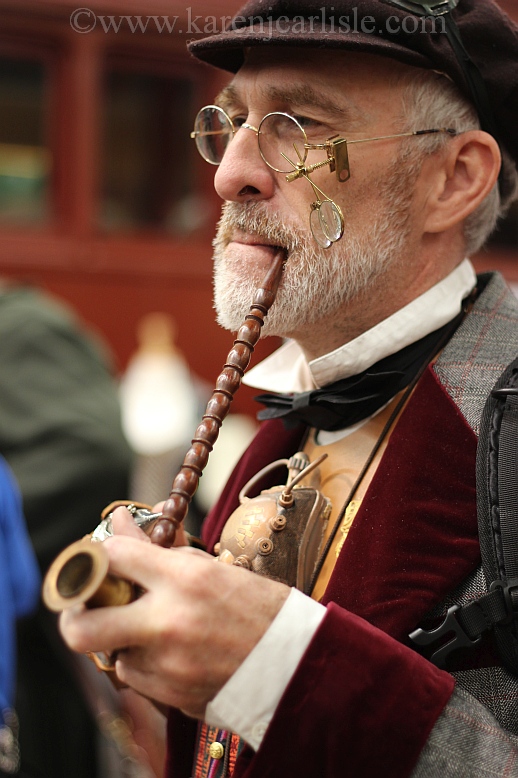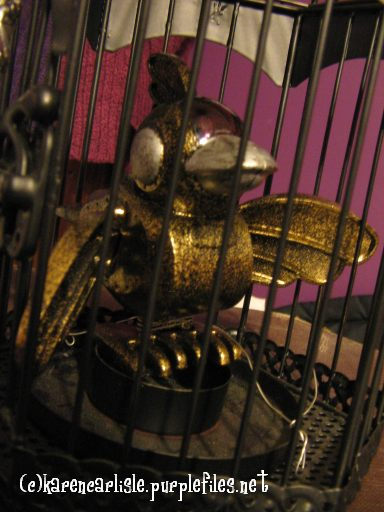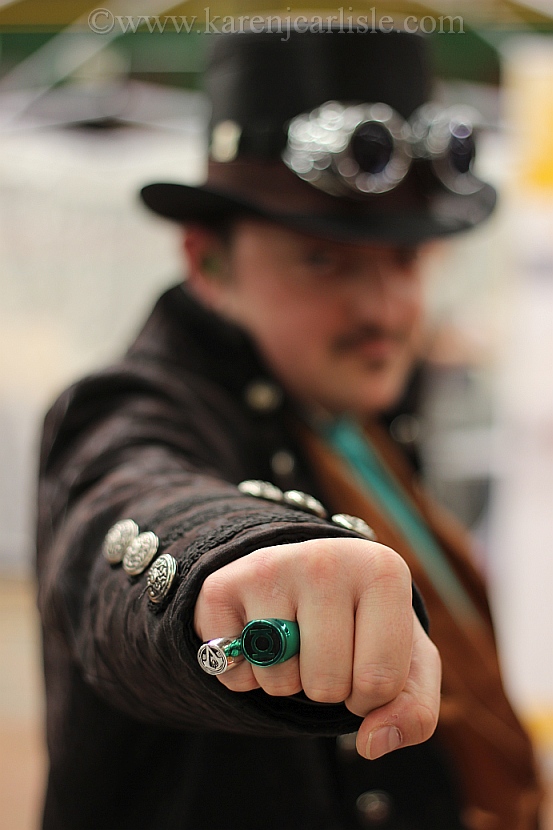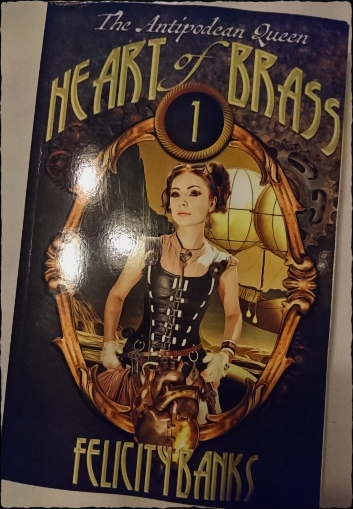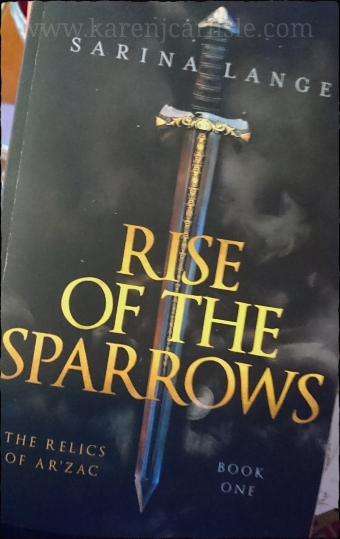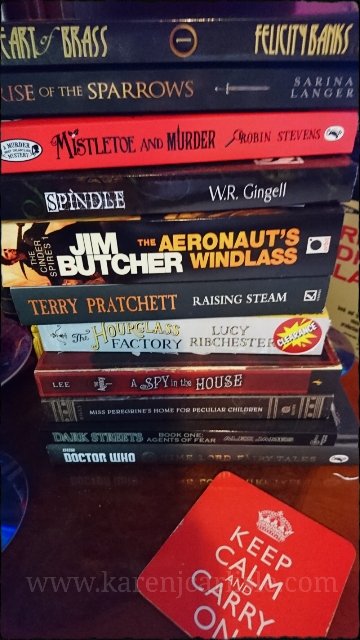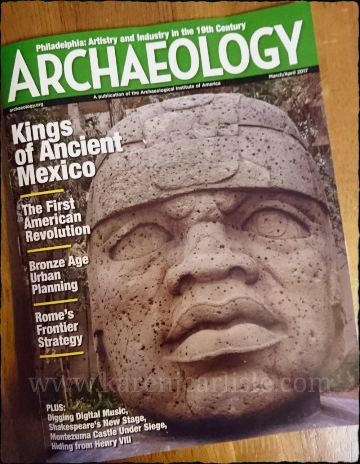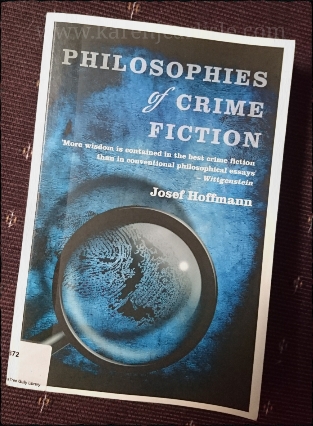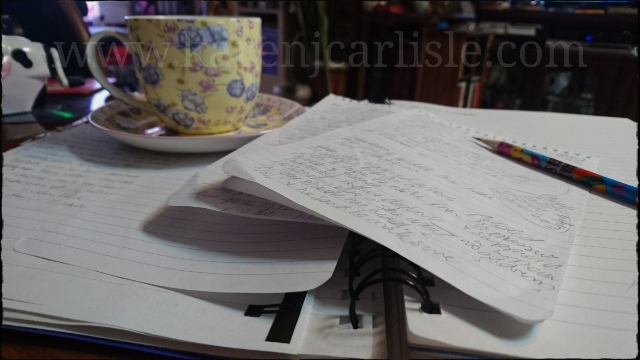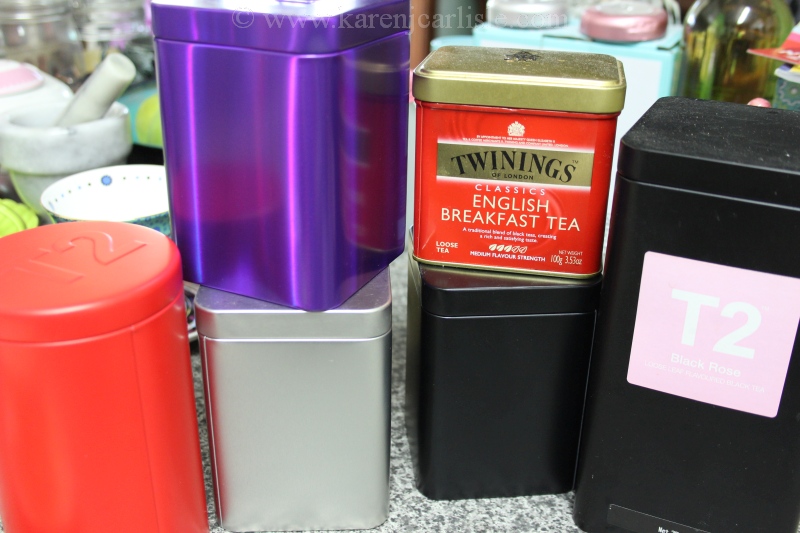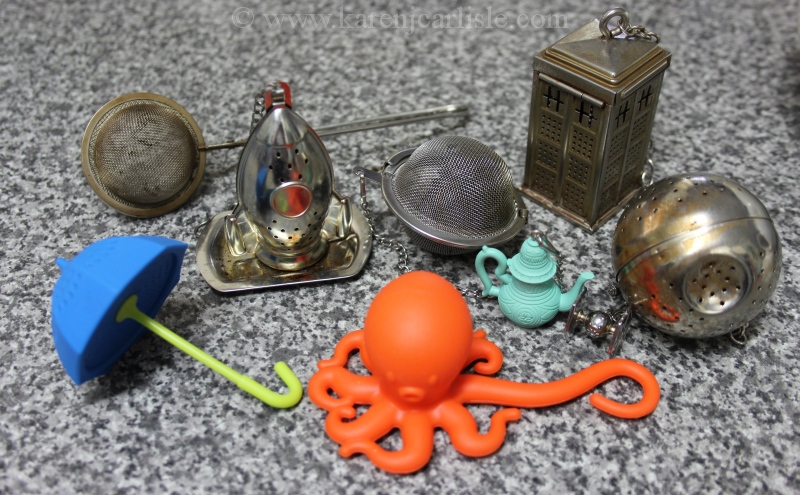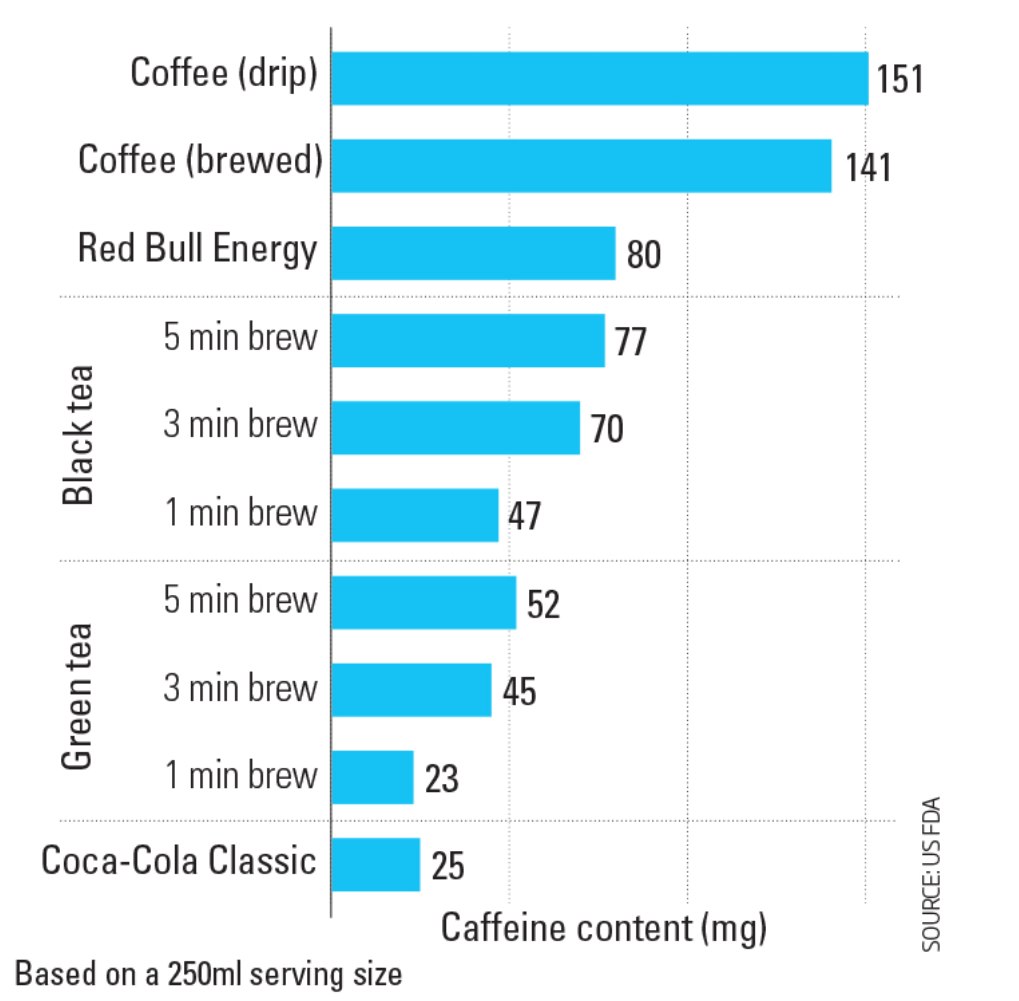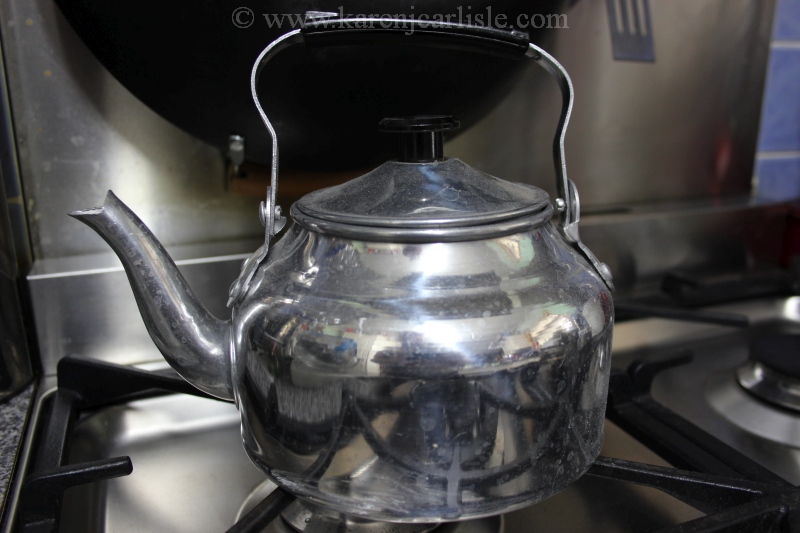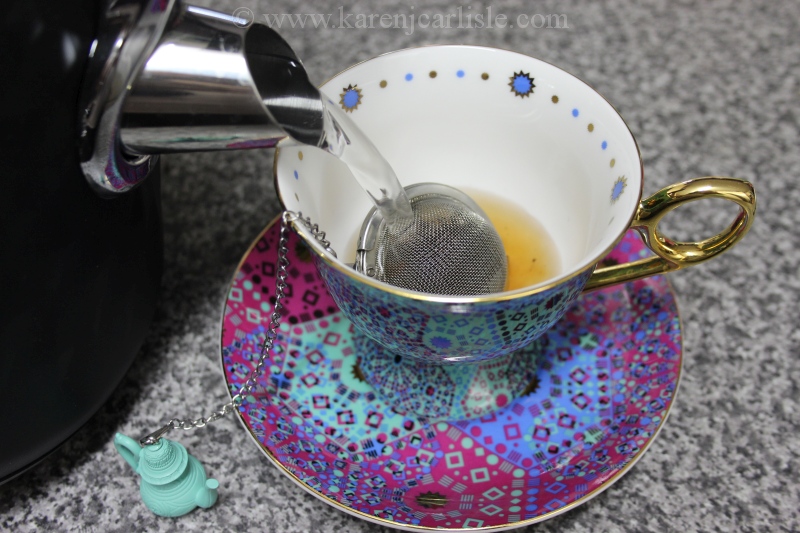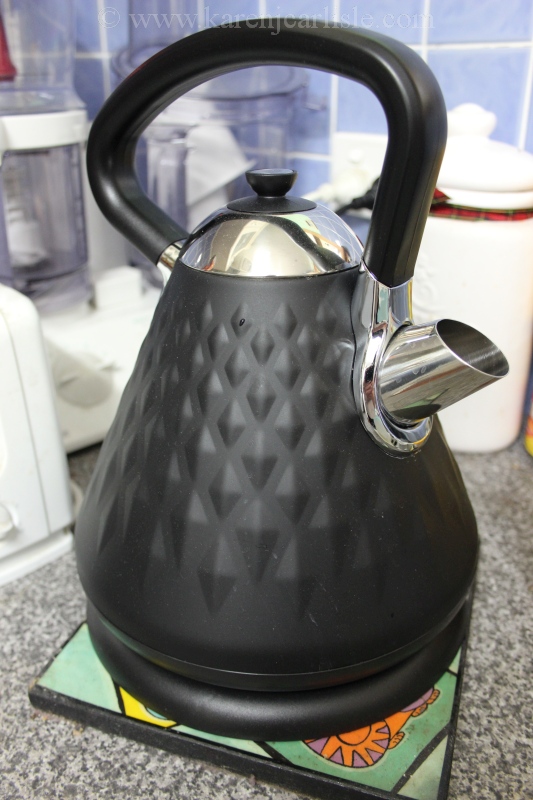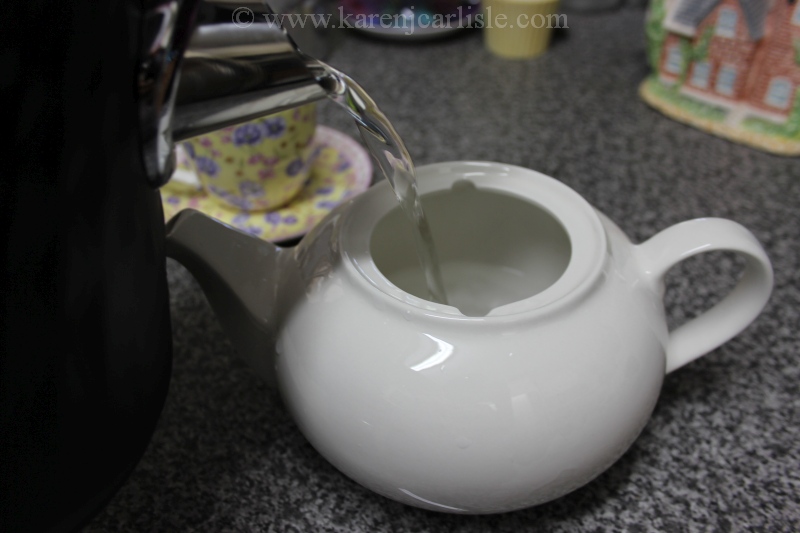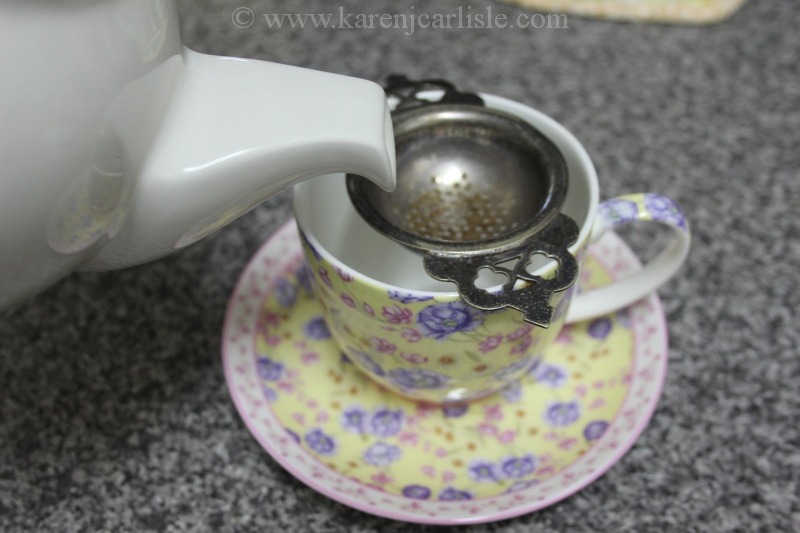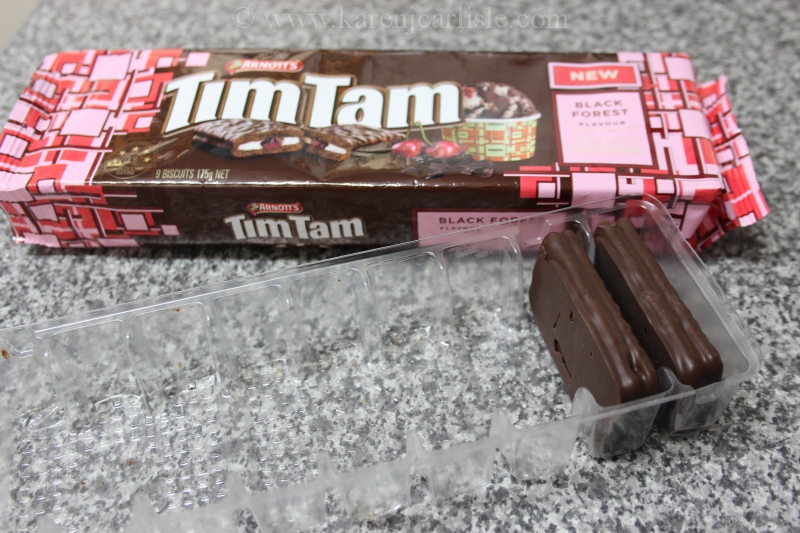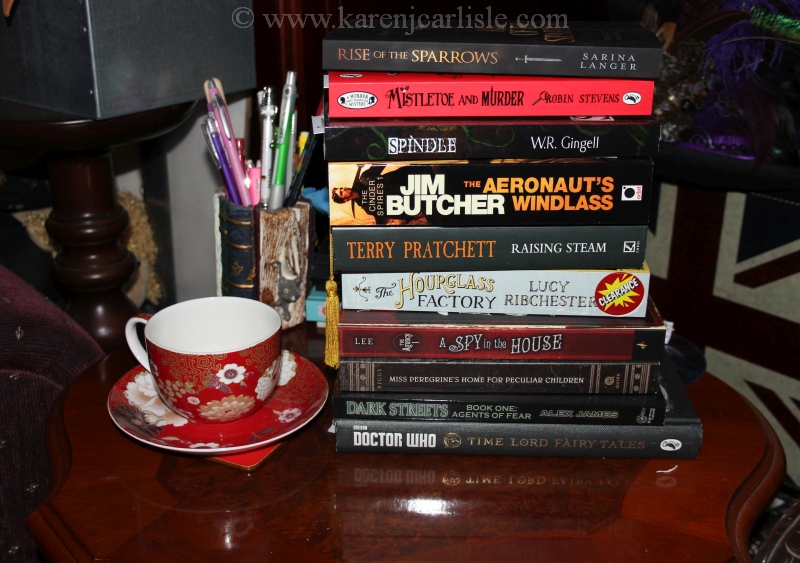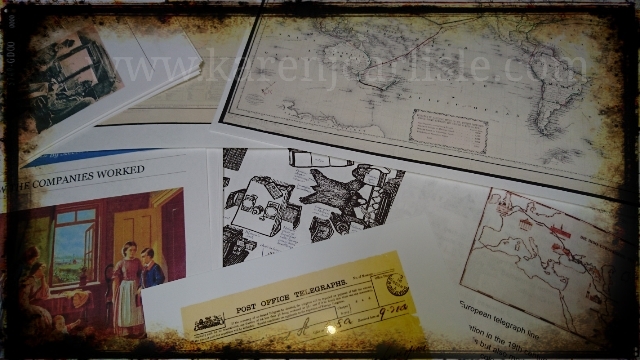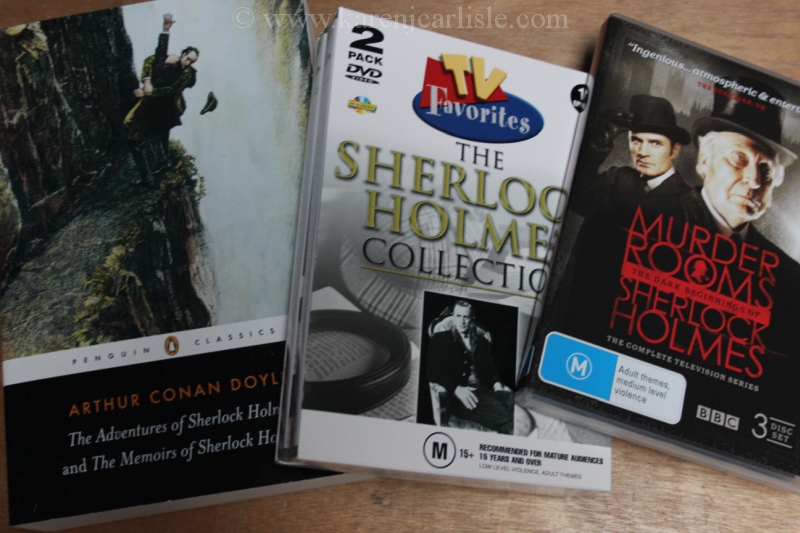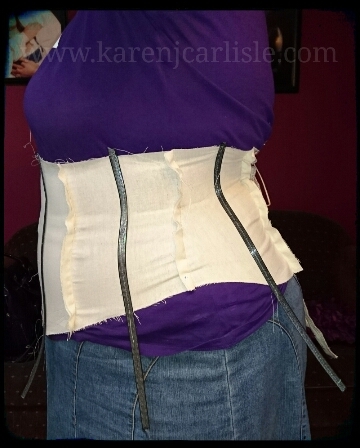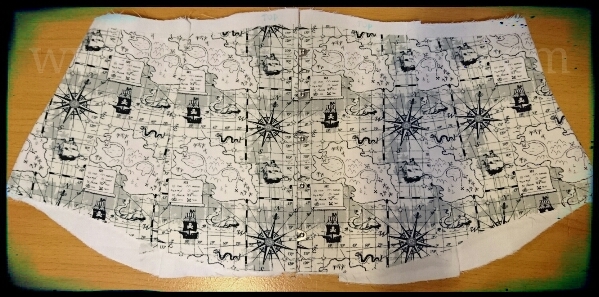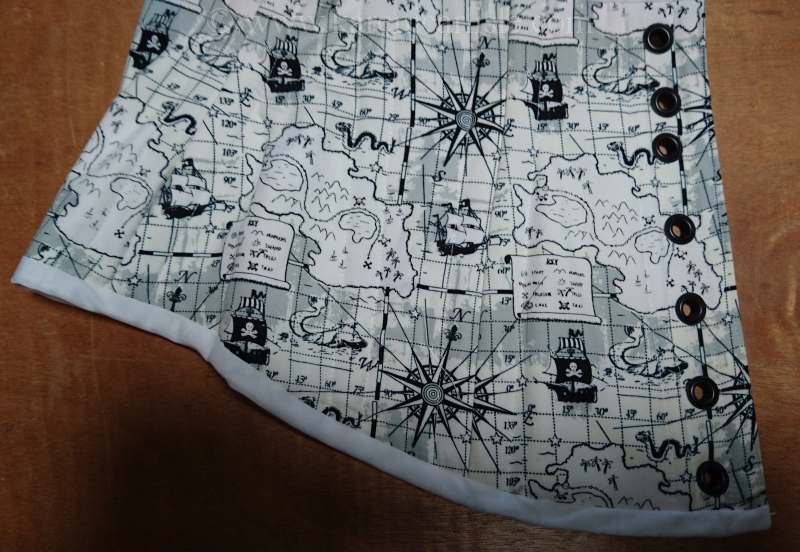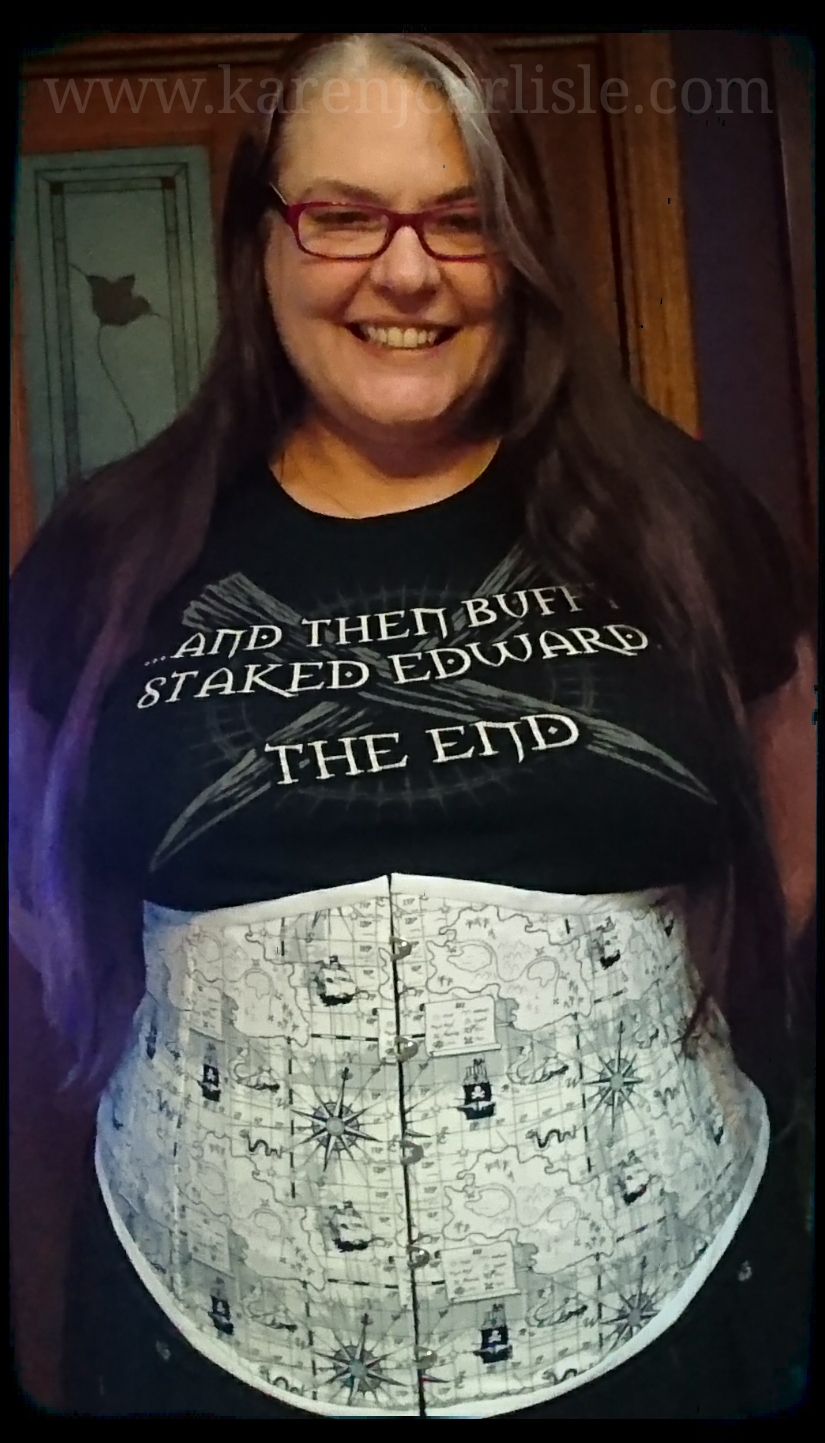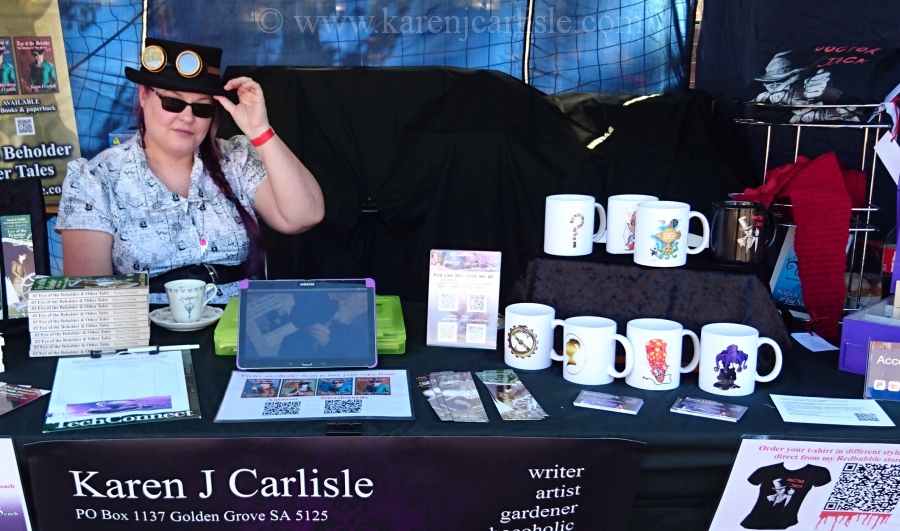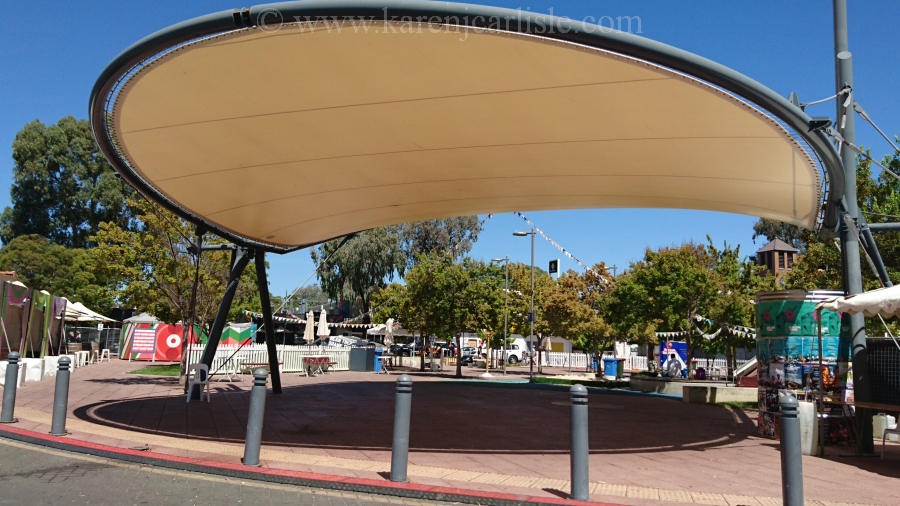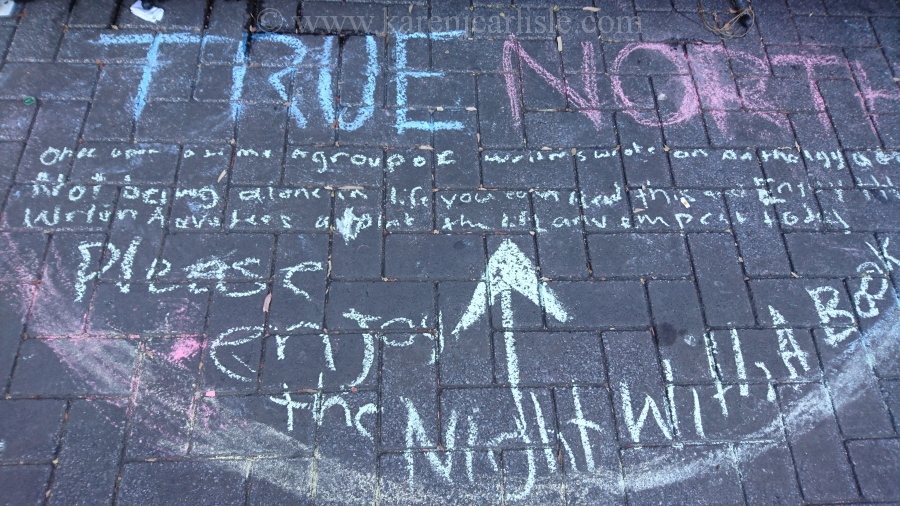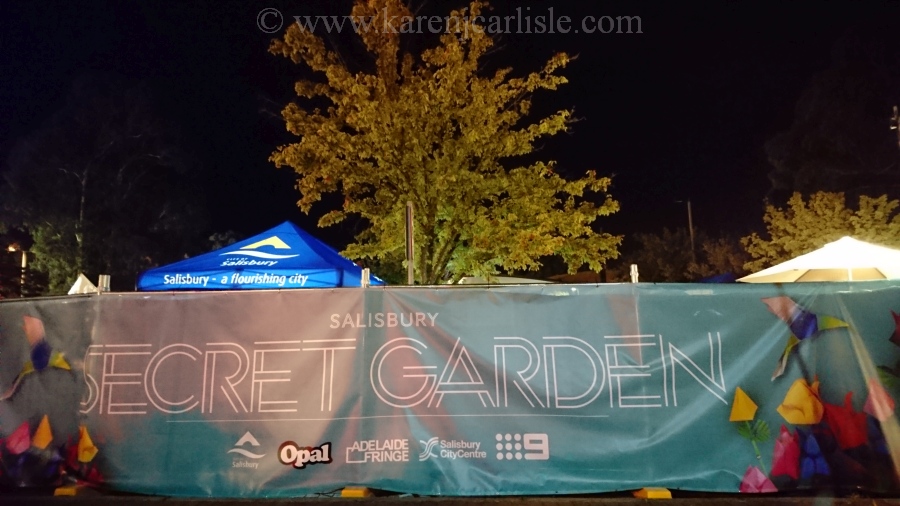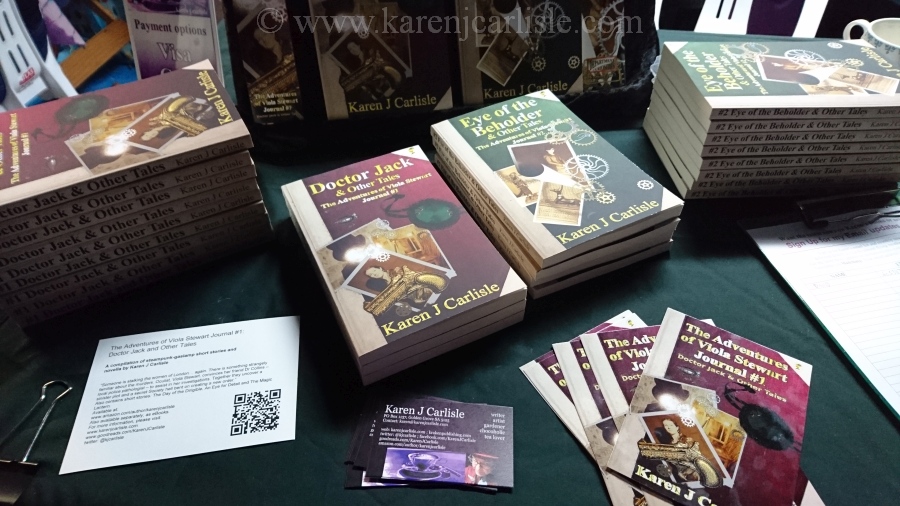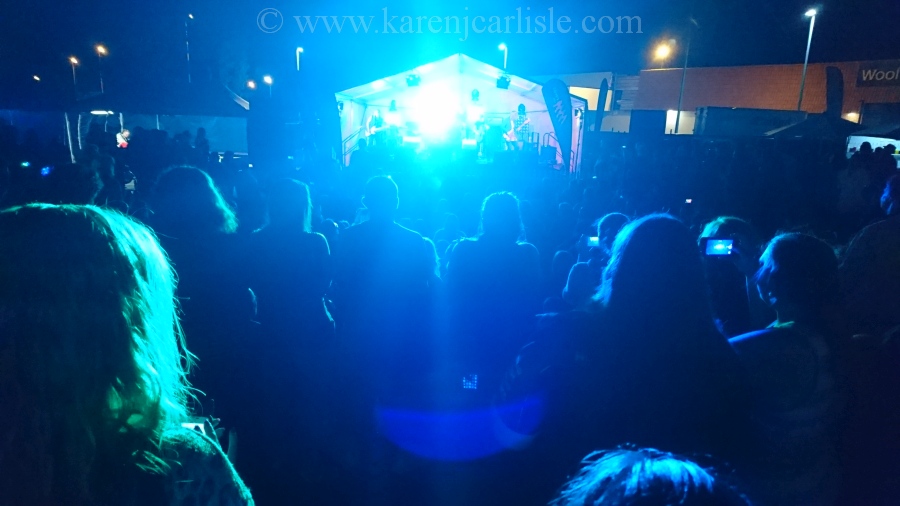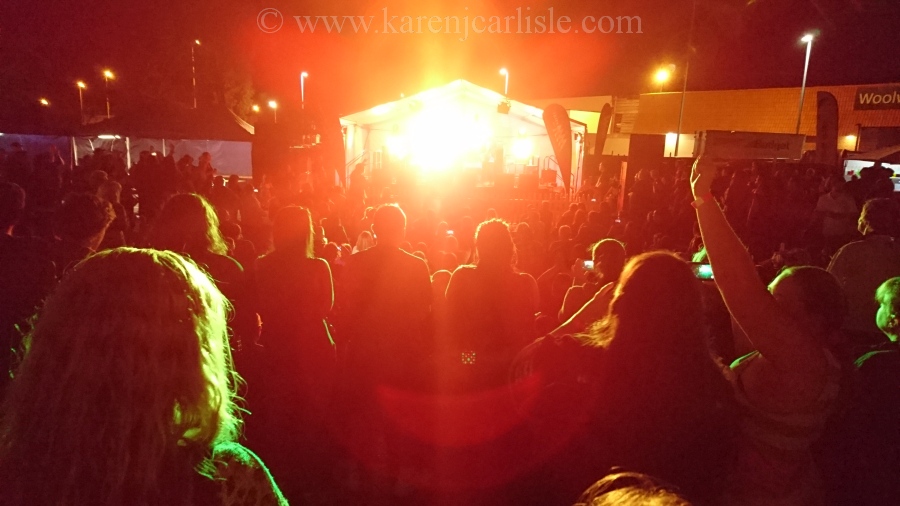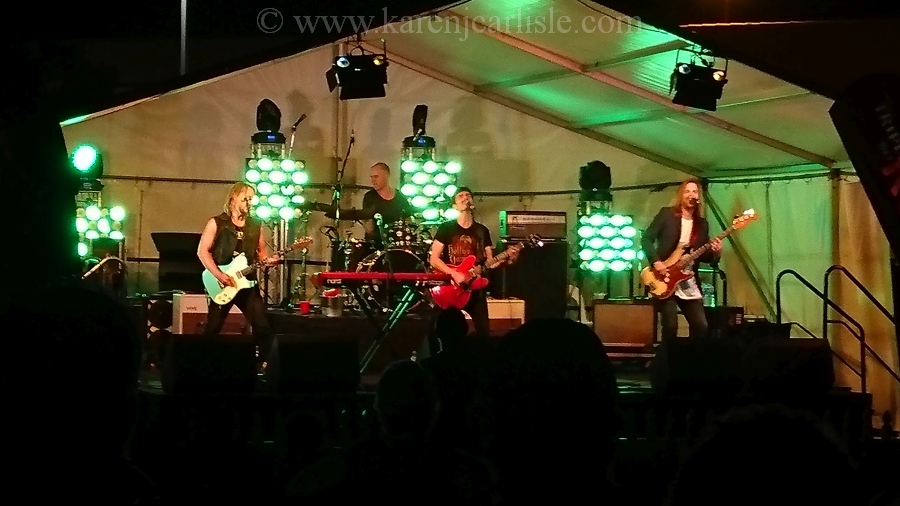original post: http://karenjcarlisle.com/2017/03/26/writing-through-writers-block/
"What?" you ask. "How can you write through writers' block? Doesn't it mean you're stuck, and can't write?"
Well, yes... and no.
Here's how Cambridge dictionary defines writers block: the condition of being unable to think of what to write or how to proceed with writing.
I'm currently in the middle of writing the third (and last book) in the Adventures of Viola Stewart, The Illusioneer & Other Tales. The first story rolled onto the page. In From the Depths, Viola is in Scotland, recovering at a beach resort after her ordeals in Eye of the Beholder. Of course, she is swept up in a series of unexpected events. We meet a new character. This story ended up twice as long as previous shorts. I didn't want it to end.
I started on the next short story, Tomorrow, When I Die. This is a more convoluted story, requiring fiddling of ... (spoilers!) and some fun research on Victorian Christmas traditions. Then it happened. It crept up on me, taking me by surprise; the realisation that this was to be Viola's last set of (traditional) adventures.
("Gasp!" I hear you say.
Never fear, dear Reader, I have a few plans up my sleeve - but that's for another time, another blog.)
About this time, a late bout of dust-induced summer bronchitis hit. I felt like shite. Being ill is certainly not helpful when trying to build up the will-power to wade through the dreaded marshland I designate Writers' Block. I see it as a marshland as it is inconvenient, an impediment to moving forward and I must plan my way to proceed or sink further down.
First find the cause: why do I get writers' block?
I've thought about this in depth (perhaps way too much!). It seems to strike me at two different stages:
- When I'm staring at a blank page. I know the gist of the story. I can usually see the end scene in my head, the mood I want to create. But the words refuse to flow from my brain onto the screen. At this point, I am usually working pen on paper; words seem to flow better with a pen or pencil in my hand.
- when I am nearing the end of a story. I'm finally having fun. The characters are co-operating, even enjoying themselves. Then the penny drops; it has to end. I panic. I don't want it to end. I don't want to leave my characters behind. But I must. Perhaps if I don't write those final words...?
These are things I have to deal with. They are not new. In 2014, I had almost finished the first draft of what I thought would be my first novel, The Department of Curiosities. I had about four scenes to write. Crunch, the writers' block hit me. What was I to do? I started on a short story, (reviving) a character from An Eye to Detail, short listed the year before in Australian Literature Review's murder and mystery short story competition.
The block shifted. I kept writing Viola's s adventures with gusto (There were minor blocks but nothing as long-lasting as that with DOC.) I'm now ready - and can't wait - to return to The Department of Curiosity - my next project after The Illusioneer.
How do I Tackle Writers' Block?
I have a box of story ideas. I keep getting them. Not all are worthy of a full story, but they are there. I usually have at least three (sometimes four or five) stories on the go. When I hit the wall, I redirect my energies toward another story and let the original one bubble away in the background - ensuring I move forward, and not wallow.
This time I was side-tracked onto a story to submit to a (absent) Sherlock Holmes anthology: write a story in the Holmes mileaux, sans Sherlock himself.
Bang! The main character was there. Her enthusiasm was contagious. I could see, hear, smell the final scene. This short is now being polished with final edits and about to be submitted. Wish me luck.
(And another series is born. I can't wait to write another story with my new detective and her soon-to-be-drafted side-kick. Though I need to finish The Illusioneer and the DOC first.)
Short stories are fantastic. They give me a brief holiday from my main project, just enough time to let the original story gurgle back up to the surface.
April is Camp NaNoWriMo and I'm ready to plunge Viola back into her adventures. I hope you'll join the ride.
Photo © 2017 Karen J Carlisle. All rights reserved.
